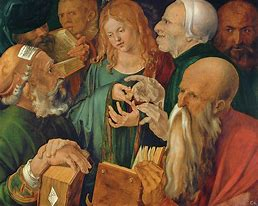relection on humanities

books i have read in 2021 5 languages of love by Gary chapman anxiety in relationship by Melanie white 5 languages of love by Gary chapman An overview of the book and the fives things that helped me. 1. Physical contact is one of the simplest love languages since it doesn’t require any words. People who prefer this language enjoy touch, hugs. They feel comforted in the arms of others or by holding hands. Youngsters, when this is one of their predominating love languages, feel comforted by being held or carried. They enjoy massages or sitting in people’s laps. 2. words of affirmation This group includes people who need words of affection and compliments. They get happiness from hearing nice words and motivation from a well-written verse. This way of expressing love includes love letters. If one of your love languages is words of affirmation, you like to encourage people with your speech. 3. Taking time out of our day...





